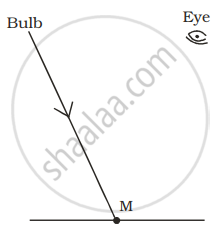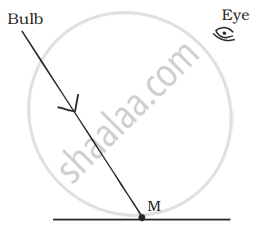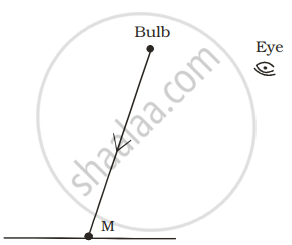Advertisements
Advertisements
Question
Choose the correct answer :
The rods and cones of a vertebrate retina function is to _________
Options
focus light
amplify light
transduce light
filter light
Solution
The rods and cones of a vertebrate retina function is to filter light
APPEARS IN
RELATED QUESTIONS
Which. of the following has normal vision?
(a) Xc Xc
(b) Xc Y
(c) XC Xc
(d) Xc Yc
Night birds have ______ cones than rods in their eyes.
Give the scientific names of the following parts of the eye:
a clear window at the front of the eye.
There are two types of light-sensitive cells in the human eye:
Where are they found?
How does the eye change in order to focus on near or distant objects?
(a) The lens moves in or out
(b) The retina moves in or out
(c) The lens becomes thicker or thinner
(d) The pupil gets larger or smaller
Mention the characteristics of the image that falls on the retina of the eye.
With reference to the functioning of the eye, answer the question that follow:
What is the shape of the lens during near vision?
With reference to the functioning of the eye, answer the question that follow:
What is the shape of the lens during distant vision?
Give scientific reason:
We cannot clearly see an object kept at a distance less than 25 cm from the eye.
Name the following:
Short sightedness.
Give Technical Term:
The nutritive layer of the eye which also presents reflection of light.
Mention, if the following statement is True or False
The least distance of distinct vision for the human eye is 25 cm
State the Function:
Visual purple
Write the name.
The fleshy screen behind cornea.
Why the human eye is compared with camera?
Assertion: Blind spot is a small area of the retina which is insensitive to light where the optic nerve leaves the eye.
Reason: There are no rods or cones present at the junction of the optic nerve and retina in the eye.
At noon the sun appears white as
A tiny mirror M is fixed on a piece of cardboard placed on a table. The cardboard is illuminated by light from a bulb. The position of eye with respect to position of bulb is shown in the figure as A, B, C and D. In which position mirror will be visible?
 |
 |
 |
 |
| (A) | (B) | (C) | (D) |
Match the following:
| Column - I | Column - II |
| 1. Retina | a. Path way of light |
| 2. Pupil | b. Far point comes closer |
| 3. Ciliary muscles | c. near point moves away |
| 4. Myopia | d. Screen of the eye |
| 5. Hypermetropia | e. Power of accommodation |
With reference to human eye answer the question that follow:
Name the part of the eye associated with the regulation of the shape of lens.
